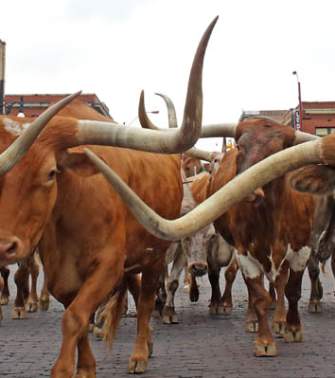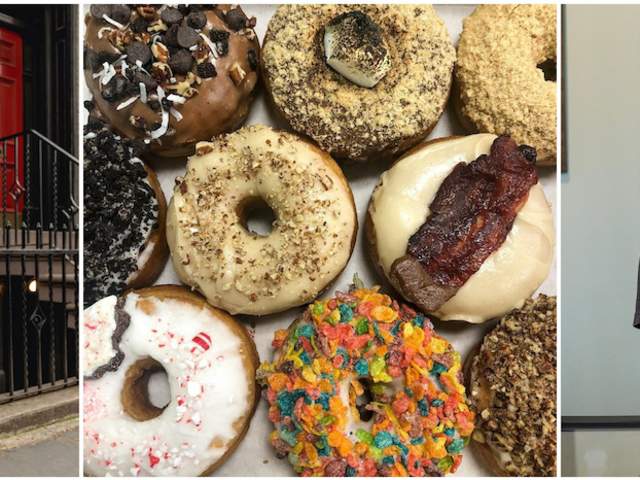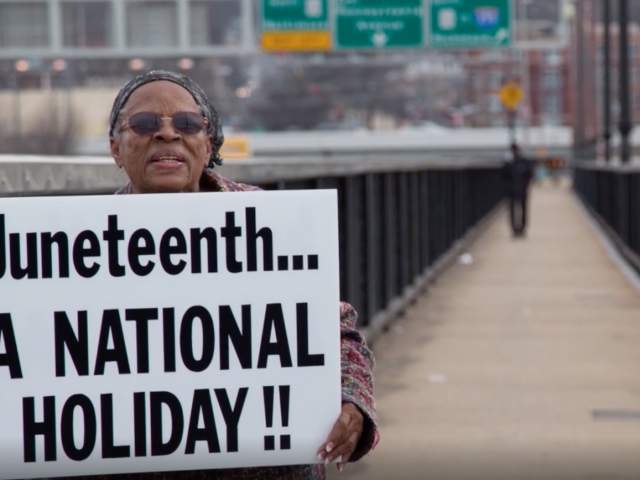Fort Worth history is a quilt with cowboys and cowgirls, the first African American millionaire in Texas, William “Gooseneck” McDonald, and jazz legends such as Ornette Coleman. Explore and learn more on this self-guided tour of the city's top heritage sites.
African American History Wall
Located on the east wall of the Fort Worth Central Station, The Historic Wall commemorates the important and vibrant African American commercial and historic warehouse district that existed at the site between 1865 and 1940.
"Freedom Train"
Evans Ave Plaza
Terrell Heights
Mount Gilead Baptist Church
Mt. Gilead Baptist Church is the oldest continuously operating African-American Baptist Church in Fort Worth. It was organized in September 1875 by twelve former slaves who later built a modest structure in a black settlement called “Baptist Hill” near present-day 15th and Crump Streets. Considered the “mother church of Fort Worth Black Baptists,” it soon became a symbol of African American self-determination.
Mount Zion Baptist Church
Historically, it has been at the center of religious, political, social, economic and educational affairs. Established in 1919, the Zion Baptist Church is designated by the State of Texas Historical Commission and the City of Fort Worth as a historical site. The church was established in 1894 in Terrell Heights. After a couple of locations, the current structure was purchased in 1915.
Oakwood Cemetery
Ella Mae Shamblee Library
Ms. Shamblee began as a janitor for the central library and went on to create the current model for the library book mobile. The Shamblee Branch Library is home to the Fort Worth Library's African-American Heritage Collection, African-American Authors Fiction Collection and Coretta Scott King Award Book Collection.
Allen Chapel A.M.E.
The new-pressed brick church was built under Rev. R. S. Jenkins on the lot that had been purchased in 1878. On Sunday morning, December 22, 1912, more than 100 members unselfishly gave $25 each. The building of the new $20,000 Allen Chapel A.M.E. Church and its dedication on July 22, 1914 were the pinnacle of Rev. Jenkins' career.
I.M. Terrell
The school opened in 1882 as the city's first black school, during the era of formal racial segregation in the United States. In 1882, Isaiah Milligan Terrell (1859–1931) became the head of East Ninth Street Colored School, the first free public school for African Americans in Fort Worth. Terrell became Principal and Superintendent of Colored Schools in 1890. In 1906, the school moved to a location at East Twelfth and Steadman Streets, and was renamed North Side Colored School No. 11. A new school building opened in 1910, with Terrell as principal. The school was renamed I.M Terrell High School in 1921, in honor of the former principal.
Vada Felder
Dr. Felder was the first African American to receive an advanced degree at Brite Divinity School. In 1954 she invited her personal friend, Dr. Martin Luther King. Jr to speak in Fort Worth. This was to be his first and only appearance in Cowtown.
Lenora Rolla Heritage Center Museum
1020 E. Humbolt Street
The Tarrant County Black Historical and Genealogical Society shares the rich culture of Tarrant County through a variety of exhibits and resources available at the Lenora Rolla Heritage Center Museum located in the historic Boone House. The Museum also serves as a research facility, maintaining the Society's extensive historical records. The museum is open Monday-Friday from 10am-3:00pm and by appointment by emailing info@tarrantcountyblackhistory.org.
Fred Rouse Lynching Site
NE 12th Street and Samuels Avenue
Heritage Trails
Throughout Downtown Fort Worth
A Look at the Historic Southside Today
Take a drive down Rosedale, Evans or Terrell Avenue and you are guaranteed to pass a piece of…
Spotlight: Black Entrepreneurs in Fort Worth
This is a new series spotlighting Black entrepreneurs who are elevating Fort Worth creativity and…
Q&A with Fort Worth's Ms. Opal Lee
Mrs. Opal Lee, activist, educator and community leader well-known for her contributions in Fort…




